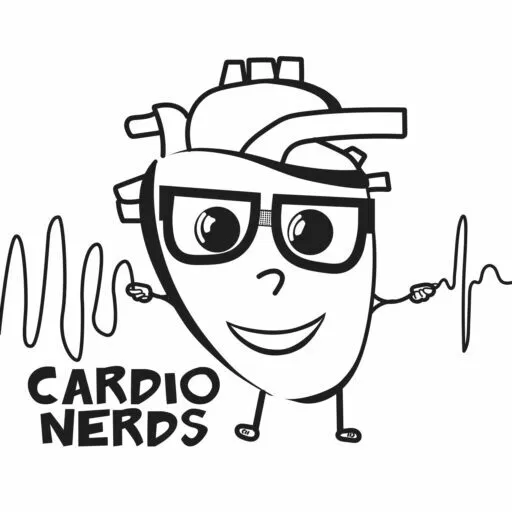Introduction: Heart failure with preserved ejection fraction (HFpEF) and AF are both common cardiovascular conditions and frequently coexist. Recent approaches to unload the left atrium with interatrial shunt devices (IASD) are on the rise while, over the past 20 years, endovascular left atrial appendage closure (LAAC) requiring transvenous left atrial access through interatrial septum has grown increasingly popular for the prevention of thromboembolism related to AF. People may be frequently indicated for both LAAC and IASD therapies. Whether the presence of IASD impacts technical access to LAAC devices requiring transseptal approach is unknown.
Methods: In our single center, we retrospectively reviewed 481 patients from August 2018 to May 2023 who underwent LAAC and 40 patients who underwent IASD, and identified which patients had an existing IASD at time of LAAC. Rates of LAAC technical success, 45-day LAAC treatment success, procedural complications, and implant method were assessed.
Results: We identified two patients who underwent endovascular LAAC with an existing IASD. One patient had a Corvia atrial device (Corvia Medical) with peri-device transseptal puncture for LAAC and the other had a V-wave Ventura device (V-Wave Medical) with LAAC transseptal approach through the IASD aperture; both received WATCHMAN FLX devices (Boston Scientific). Hemodynamics for both patients remained stable throughout the procedure and no major complications occurred. On follow up transesophageal echocardiography (TEE), one patient had evidence of iatrogenic atrial septal defect (ASD) from the WATCHMAN transseptal puncture along with a patent IASD exhibiting left-to-right flow. The other showed patent IASD with bidirectional flow and no additional ASD present. Treatment success was achieved on routine 45-day follow up TEE.
Conclusion: Our cases demonstrate favorable safety and outcomes with a transseptal approach for WATCHMAN FLX deployment in the presence of Corvia or V-wave IASDs. Our results show promise that treating HFpEF and AF with both IASD and LAAC is possible, although uncommon to-date. 









